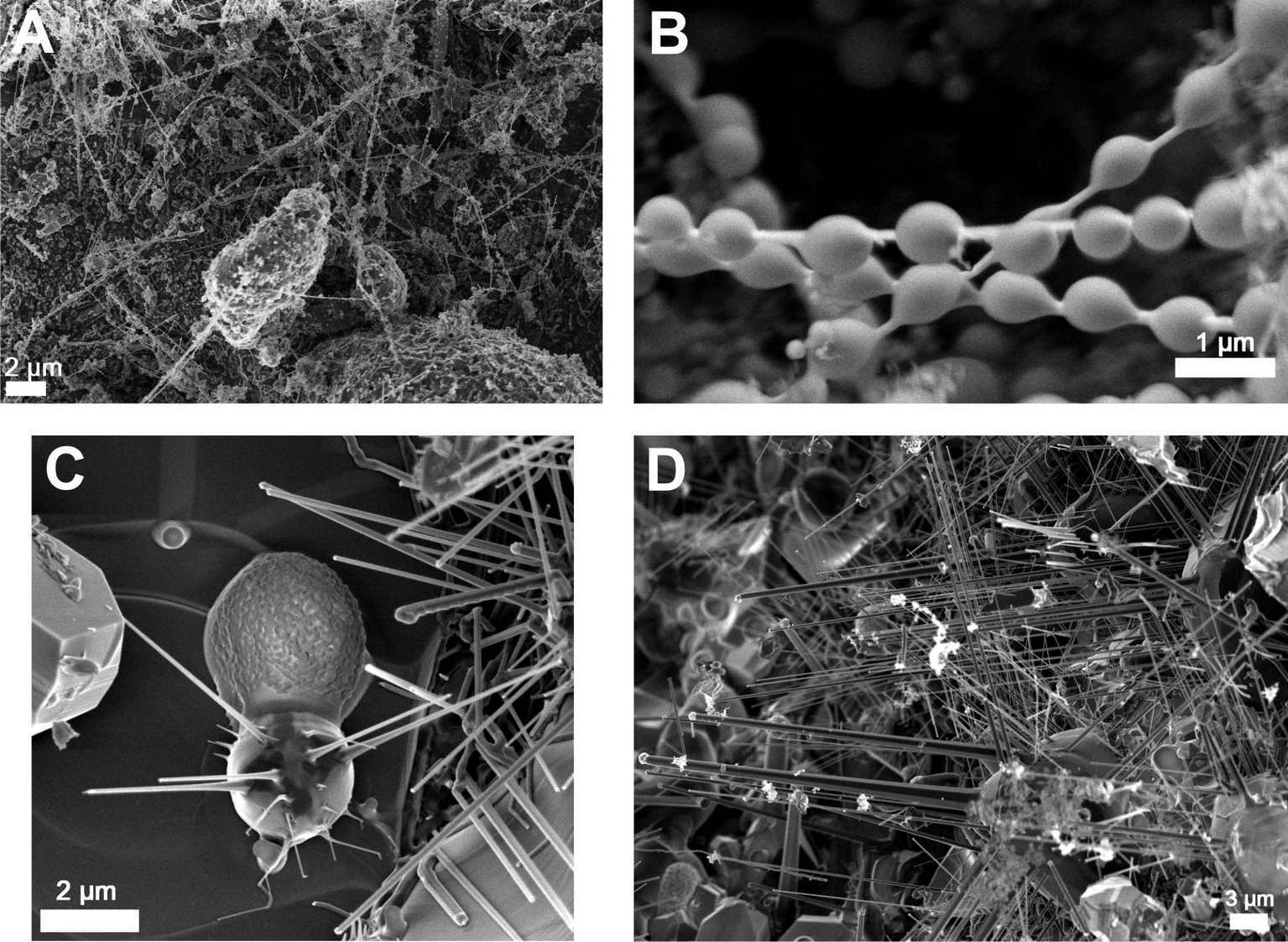| Search for content and authors |
Combustion synthesis of Si-related crystalline nanostructures |
| Michał Soszyński , Olga M. Łabędź , Andrzej Huczko |
|
Warsaw University, Faculty of Chemistry, Pasteura 1, Warszawa 02-093, Poland |
| Abstract |
The unique technique of Self-Propagating High-Temperature Synthesis SHS [1] provides efficient, energy autogenic route to produce a variety of new materials, often nanostructured, nonstoichiometric or involving new phases, resulting from a fast reaction in a mixture of strong oxidant/strong reducer [2]. This is due to the specific process conditions - high temperature and pressure gradients, short reaction times and a very rapid "quenching" of gaseous reaction products. This presented efficient method includes here a production of at least gram quantities of silicon carbide nanowires (SiCNWs) (Fig. 1. A,B). Silicon carbide - due to its unique physical and chemical properties - is the primary representative of refractory ceramics with many practical applications [3,4]. The characteristics of this rapid process also make it possible to obtain other unusual materials such as silicon nanowires (Fig. 1. C,D). 
Efficiency of combustion synthesis depends on many parameters such as, for example: the atmosphere, the type, quantity and composition of the reactants and the initial pressure [2,5]. The authors present here the results of the parametric synthesis of SiCNWs and the preliminary studies on the preparation of silicon nanowires. ACKNOWLEDGEMENTS: This research has been supported by the National Science Center founds awarded on the basic of decision No DEC-2011/03/N/ST5/04726 and 2011/03/B/ST5/03256 The SEM images were obtained using the equipment purchased within CePT Project No.: POIG.02.02.00-14-024/08-00. REFERENCES: |
| Legal notice |
|
| Related papers |
Presentation: Poster at 17th International Conference on Crystal Growth and Epitaxy - ICCGE-17, General Session 8, by Olga M. ŁabędźSee On-line Journal of 17th International Conference on Crystal Growth and Epitaxy - ICCGE-17 Submitted: 2013-04-15 16:11 Revised: 2013-04-15 16:11 |